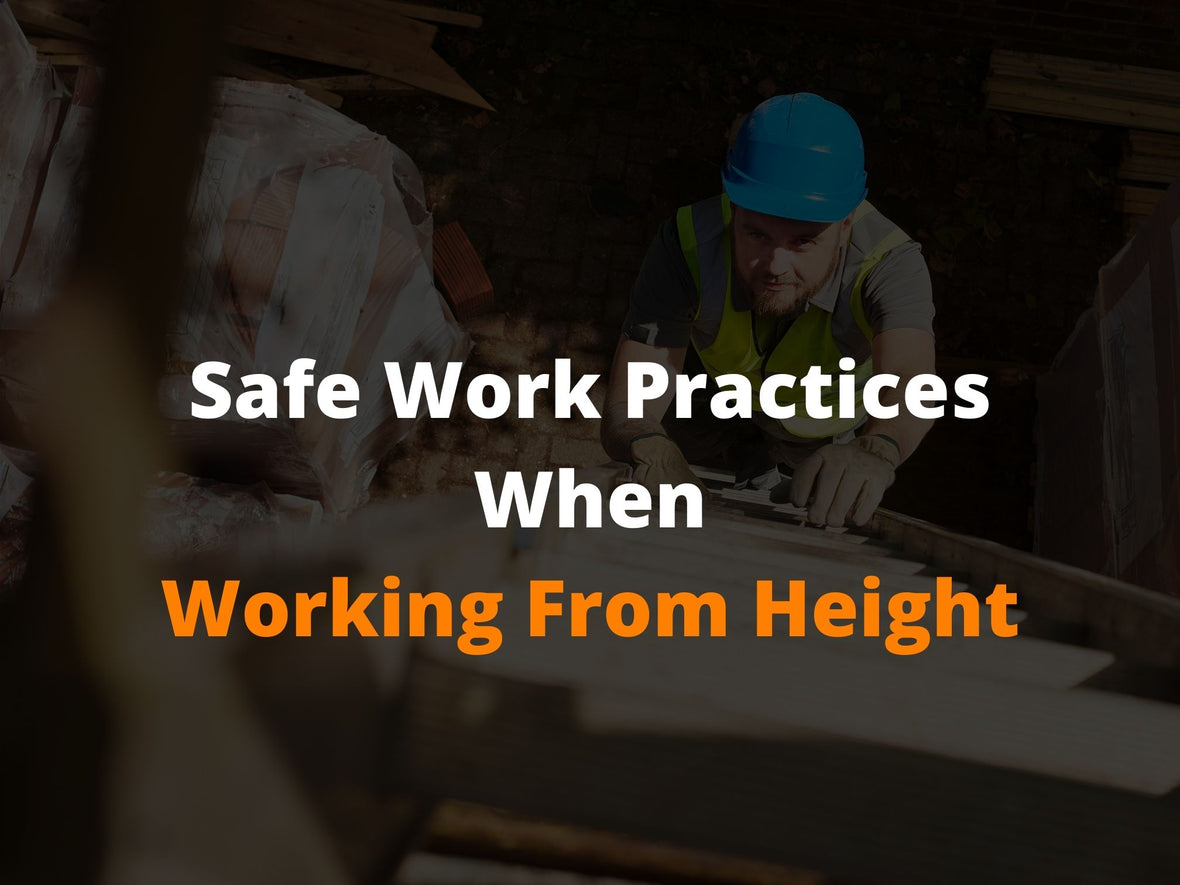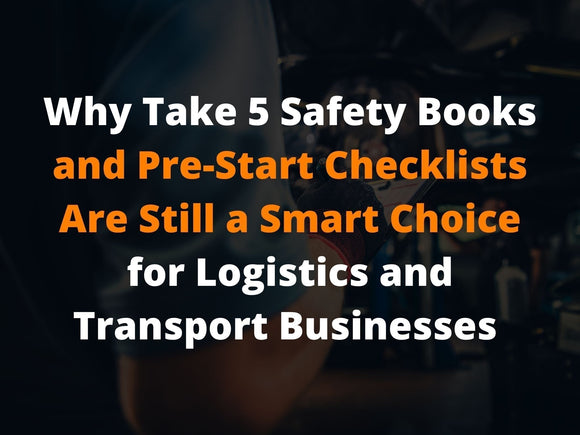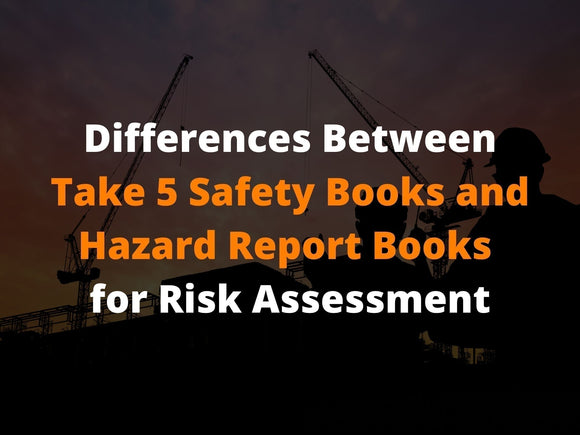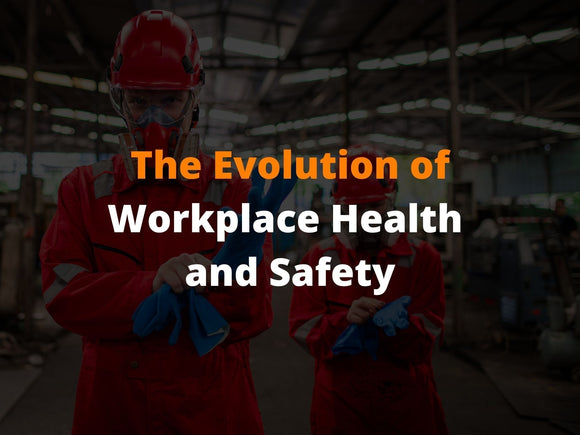
Safe Work Practices When Working From Heights
Working at heights can be dangerous. Whether you are working on a construction site, on a large piece of machinery or working at the top of a ladder, there are many risks that come with working at heights. It all starts with making sure the equipment you are using is safe, and can often be avoided or mitigated with effective hazard identification through simple safety checklists.
Falls are a common occurrence in many industries, particularly construction, manufacturing, and transport. Falls from even moderate heights can cause permanent and debilitating injuries for workers, or even visitors to the work site.

In this article, we will discuss some safe work practices when working from heights to help keep you and your employees safe.
Common Types of Falls in the Workplace
According to Worksafe Victoria, OHS regulations apply when there is a risk of a fall greater than two metres.
Falls from a height most often lead to injury or death, and the more common type of fall can include scenarios such as:
- Unsafe access to shelving
- Incomplete, or unsecured scaffolding
- Inappropriate ladder use
- Falls from roofs, mezzanine areas, or multiple story floors
- Falls into unprotected pits, shafts or holes
- Falling from machinery
Preventing Falls In the Workplace
We are very fortunate in Australia to have stringent Occupational Health and Safety (OHS) regulations that are designed to protect our workers from injuries. These regulations require that workplaces are made to be safe for employees while working there.
Unfortunately, there's already been a number of deaths and serious injuries this year alone in Australia as a result of falls. However, to look at some prior statistics from the Safe Work Australia website, between 2015 and 2019:
- There were 122 worker fatalities as a result of falling from heights.
- 48% of fatalities in construction were as a result of falling of a height of less than 4 metres.
- Falls from ladders were the primary cause of fatality as a result of working from height.

It's important to remember that this is an all-too-common occurrence and has resulted in the deaths of countless working Australians. This shows how it's not just workplace safety at play, but also public safety as well.
What Employers Can Do to Protect Workers from Falls
Employees and visitors have a right to be protected against risks to their health and safety when in your workplace. It's important for employers to be proactive when promoting safety in the workplace, including falls. They are responsible for eliminating (or greatly reducing) the risk of falls as reasonably as possible.
Employers should:
- Ensure working at heights is done in a safe manner (i.e., using fall protection equipment) and that workers are trained in the use of such equipment.
- Invest in relevant height safety training for employees, including effective hazard identification.
- Provide employees with a safe means to enter and exit the workplace.
- Where possible, provide work tasks that do not require working from height.
What Employees Can Do to Protect Themselves from Falls
Employees can also take a few precautions when working at heights themselves. There are four simple steps that employees working in high places should follow:
- Stay alert and focused on the work being done. Be aware of what your task is, or where you may need to go next.
- If working at heights, wear fall protection equipment as appropriate to the task and situation.
- Never work in a high place if you are tired or have consumed alcohol or other drugs that can impair judgment.
- Report any identified risks in your workplace to your supervisor.

How Take 5 Safety Books Can Help Identify Risks of Falls
The risk of working from heights can often be down-played or mis-interpreted. Particularly when dealing with contractors, new employees, and even the general public. A height of 2 metres doesn't always seem like much, but can cause significant injury in the case of a fall.
Take 5 Safety is a 5-step safety assessment that is commonly used across the construction and manufacturing industry. It's a good tool to keep safe from risks, such as working at height, at front-of-mind amongst employees and their supervisors.
The Take-Five Safety Assessment is a process that provides an easy way to identify and resolve workplace safety issues related to working at heights or working near hazards such as electric power lines.
There are five steps on the form, which should be answered by all employees working at levels of height:
- Stop and Think
- Look and Identify
- Assess the Risk
- Control the Hazard
- Future Monitor of Hazard



